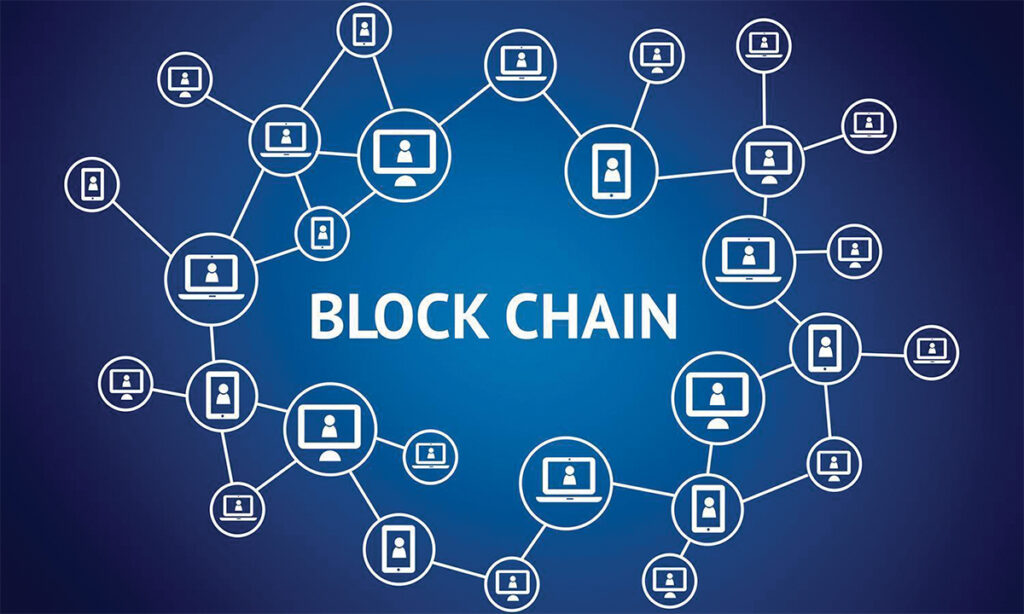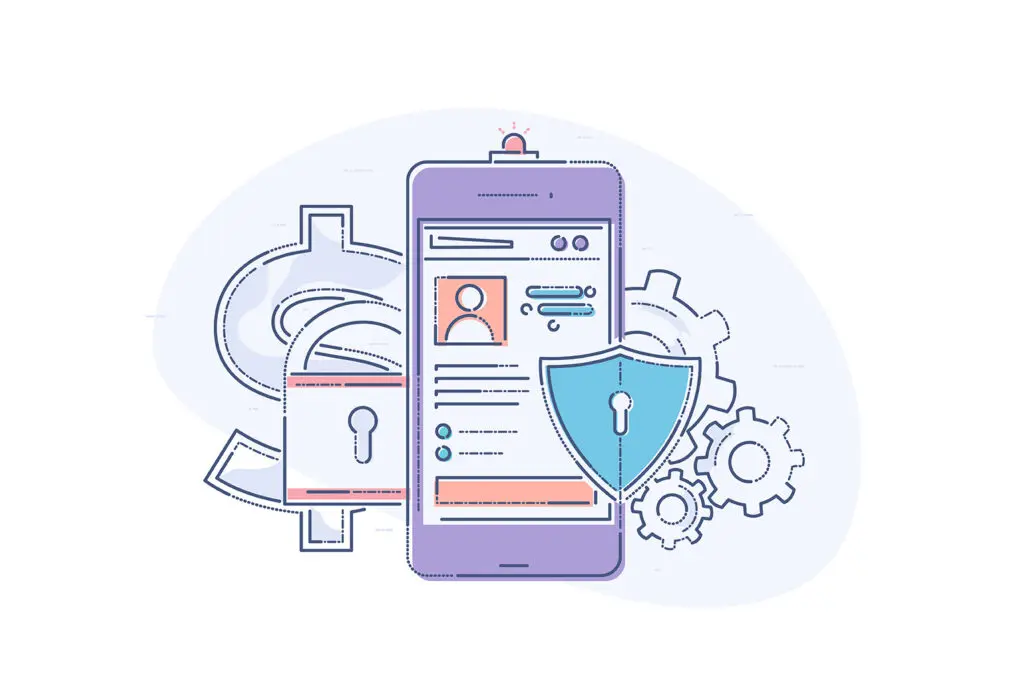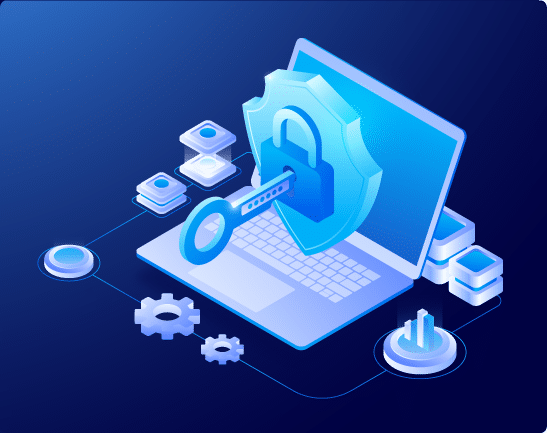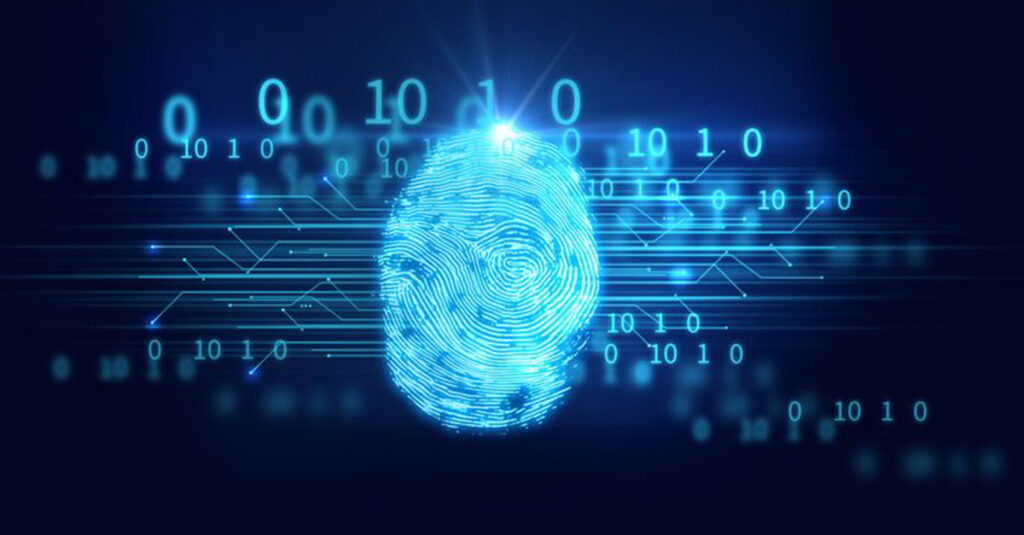
Revolutionizing Alternative Finance with Blockchain Technology
April 19, 2023
In this session, I will discuss the potential of blockchain to serve as financial market infrastructure rather than just products. I will explore the real innovations that blockchain technology can bring to alternative finance with the power of self-custodial wallets and wallet-to-wallet transactions. I will also discuss the hurdles that need to be overcome to reach the full potential of innovation. Each one of them is a big topic and so I will focus on introducing the basic concepts of the financial market infrastructure and explaining them in a plain way rather than going into details of each one of them.

Finhaven Capital
Finhaven Capital is an exempt market dealer, and an authorized marketplace and clearing agency for security tokens in Canada. Finhaven Capital operates its private markets on our proprietary security token platform built by Finhaven Technology. Our platform was created by our parent company, Finhaven Technology, and it is a blockchain-based platform that enables the issuance, investment, and trading of digital securities or security tokens. These security tokens are digital representations of traditional financial assets like stocks, bonds, fund units, and investment contracts. They are subject to various financial regulations. The platform streamlines the process of issuing and trading digital securities by leveraging blockchain technology and providing a compliant, secure, and efficient solution for businesses and investors.
How many of you own Apple shares?
How many of you directly hold your Apple shares that you own?
If you are holding them, how are you holding them?
Are you keeping your share certificates in your vault? Then, you are an owner and custodian of your Apple shares.
Are you holding them in your investment account? Then, actually, you are not holding your Apple shares. You are an owner, but not a custodian of your shares. If you are holding them in your investment account, then your investment dealer is holding them for you. The investment dealer is a custodian of your shares, or your assets.

The current market systems are built around this pivotal role of custodians. With the book-based or paper-based systems, custodians are key to protecting our securities, or investment assets, and providing trading and settlement services. Therefore, custodians are heavily regulated. However, we still experience the custodian risk. We experienced it with Robinhood during the Covid time. We recently experienced it with Silicon Valley Bank. Sometimes we hear the news that money that was deposited years ago is gone from a bank’s ledger. The risk or inefficiency does not stop here due to the book based system.
In the securities world, somebody has to track ownership of securities when they are traded. They are called transfer agents. Someone has to clear and settle securities transactions. They are called clearing agencies. As there are multiple ledgers kept and maintained by these intermediaries, there should be an ultimate custodian of the ledgers. In the banking world, the ultimate custodian is a central bank. In the securities world, there are custodians in each country. This complexity creates risks. So somebody has to identify the risks and provide the details of how to mitigate those risks. They are regulators. There are securities market regulators. There are money market regulators. In some jurisdictions, they are one entity. In others, they are two different entities. The current market regulations are based on the book based systems with multiple ledgers that are kept and managed by multiple intermediaries.

Then how does blockchain technology make a change for this complicated world? The blockchain technology provides self-custodial, or non-custodial, wallets connected to the distributed network. What does that mean? In the current world we live in, let’s say, you own and hold your shares in a form of share certificates. If you want to trade them, you need to deposit them in your investment account so that your investment dealer can hold your shares to trade through their market systems. With blockchain technology, your share certificates are ledger entries in a distributed network. The ledgers are called tokens. You hold your tokens in your self-custodial wallet so that you do not need to deposit your tokens in your investment dealer systems. While you are holding your tokens in your wallet, or vault, you can still trade them with other wallets in the network. In other words, you do not need to rely on your custodian to trade your securities, removing the custodian risk. Simply put, you directly buy and sell your securities, or assets in a digital way between wallet and wallet. Also, we do not need transfer agents, clearing agencies, and custodians.
How can blockchain technology help alternative investments such as private equity, private debt, and real estates? First of all, the world of alternative investments does not have sophisticated systems like public equity and debt. Therefore, it carries various kinds of risks and inefficiencies. For example, it is hard to find buyers and sellers for trades as there are no integrated marketplaces. Transactions are done with the assistance of many professionals like brokers, lawyers, and accountants with layers of paper work. So the cost of transactions is high in terms of money and time. Settlement of transactions carries higher risk as there is no platform to exchange the ownership of an asset and money at the same time. This is called counterparty risk. With the blockchain technology, the ownership of alternative assets can be digitized and held in a self-custodial wallet. The digitized alternative assets can more easily find buyers and sellers in decentralized marketplaces in a digital way. It can remove the counterparty risk by allowing the atomic settlement, or real time settlement, of buy and sell transactions.
The public equity and debt markets also have counterparty risk. The clearance and settlement process of the public assets rely on the credibility of intermediaries. There was the Robinhood incident in 2021. There was the trading frenzy surrounding certain stocks like GameStop, AMC Entertainment and a few others. It was primarily driven by retail investors using the stock trading app, Robinhood. Those retail investors started buying shares of these companies and call options against hedge funds taking significant short positions on those struggling companies. The retail investors drove up the stock prices and caused a short squeeze, where those hedge funds were forced to buy shares to cover their positions, pushing the stock prices even higher.
As the trading frenzy intensified, the high trading volumes and volatility led to increased collateral regulatory requirements for brokerage firms like Robinhood to clear and settle the trades. In response, Robinhood and some other brokers temporarily restricted trading in certain stocks, including GameStop and AMC. Users could only sell their existing positions in these stocks and were not allowed to open new positions. This is typical counterparty risk as dealers like Robinhood were in danger of not meeting regulatory capital requirements. In addition, an issue of selling retail investors’ order data to institutional market makers also arose as a potential moral hazard for an intermediary.
With blockchain technology, the counterparty risk is removed with wallet to wallet transactions with pre-clearance. The wallets’ holdings – digital securities vs. funds – can be ascertained at the moment of the atomic, or real-time, transaction. This kind of market infrastructure using blockchain technology immediately makes alternative investments more efficient, and in the long run, it will make public equity and debt markets more efficient and less risky with simplified structure with fewer intermediaries.
The public markets tried to employ blockchain technology for years, but the anticipated innovations with the new trials have been stalled for a while. The main reason for it has been that they wanted to use blockchain partially while keeping the current infrastructure intact without changing regulations. It is like trying to use mobile phones with the landline phone system. In order to use the mobile phones, you need to build the mobile network. The mobile network needs new technological infrastructure and its relevant regulations. Under those circumstances, we can use mobile phones. The same way, we need a new blockchain-based financial market infrastructure to see a full innovation with the new technology.
Interestingly, this is why the alternative investment world gains immediate benefits from blockchain technology as the alternative investment world lacks the digital infrastructure. The less developed countries skipped the landline and set up the mobile network. The same way, the alternative investment world can have sophisticated blockchain-based digital infrastructure right away skipping the conventional multi layered digital systems..

In order to properly entertain the blockchain innovations,, regulations should be established by analyzing benefits and risks posed by the new market infrastructure, rather than focusing on the financial products on blockchain. Most people still think that blockchains are synonymous with cryptocurrencies, and many people do not realize that the centralized crypto exchanges do not use blockchain for their exchange operations. For sure, cryptocurrencies are risky and require regulations for consumer protection, but relevant regulations for the cryptocurrencies should start with understanding the new technological infrastructure. Then we will realize that there are not really new financial products after all. For example, we talk about fractional investments, but let’s not forget that stocks are fractional investments as well.
Innovation with blockchain technology is to simplify our financial market systems and to mitigate market risks leveraging the technology. It also makes it possible to easily digitize, trade, and track the ownership of the assets and to create a new kind of marketplace like DEX. Relevant regulations should be developed based on the benefits and risks that can be presented by the new market infrastructure rather than on the financial products. When we take this change properly, we will be able to see much bigger innovations with blockchain technology that will simplify our social systems, resulting in fewer social mistakes and errors.
